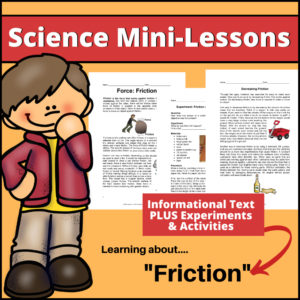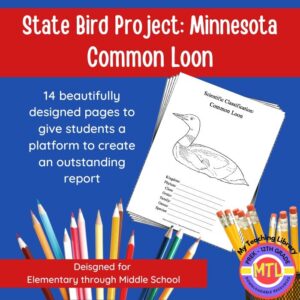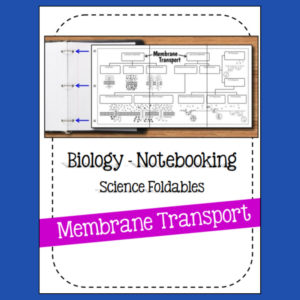Description
Sets include:
- Entire skeleton
- Shoulder and Arm
- Hip and Leg
Suggested uses:
- Use as supplemental materials with your curriculum
- Create Science centers
- Use the worksheets as assessment tools
$3.00
This ANATOMY / BIOLOGY / HEALTH resource includes 3 sets of human skeleton posters and worksheets to help you teach the names of major bones. Each set has a color poster (great for bulletin boards) and b/w poster (great for student handouts) and each worksheet comes with and without a word bank. Bones: Skull (cranial portion, facial portion), clavicle, scapula, sternum, ribs, vertebral column, hip bones (pelvic girdle), humerus, ulna, radius, carpals, metacarpals, phalanges, femur, patella, tibia, fibula, tarsals, metatarsals.
Sets include:
Suggested uses:
Only logged in customers who have purchased this product may leave a review.

Kinetic energy is energy possessed by an object due to its motion or movement. Potential energy is the stored energy of position possessed by an object. Here are eight experiments for students to perform which display chemical energy! Experiments include:
1. Rube Goldberg Machines
2. Homemade Marble Run
3. Bucket Spin
4. Salad Spinner Art
5. Rubber Band Vehicles
6. Rubber Band Car
7. Flywheel Battery
8. Pendulum of Peril

Studying ‘Forces & Magnets‘ in your classroom? This Mini-Lessons resource has been designed to help students gain a greater understanding as well as to help them retain the information they are learning!

Studying the state of Minnesota and state symbols? What is the state bird of Minnesota?
This project-based unit is designed to help students study and record information about Minnesota’s state bird: Common Loon
What type of pages are contained in this set:
– A map page (for the state)
– Scientific classification page
– A page for students to give details about the bird’s physical description, habitat, diet, life span and reproduction
– A page where students will do additional map work to show where in the U.S. the bird lives in addition to migration information
– Coloring page
– Several pages on which students can use for expository and/or creative writing as well as sections in which students may draw.
14 pages in all and is designed for different levels / abilities.
My Teaching Library has a notebooking set for each of all 50 states. In addition, you can get all of them bundled!
Here are other bird related products you’ll love…

High School Biology Notebook resource!
Students will learn all about the cell membrane. Terms include: passive transport, active transport, diffusion, osmosis, facilitated diffusion, molecular active transport, bulk transport, primary active transport, secondary active transport, exocytosis, endocytosis, phagocytosis, pinocytosis, receptor mediated endocytosis


Reviews
There are no reviews yet.